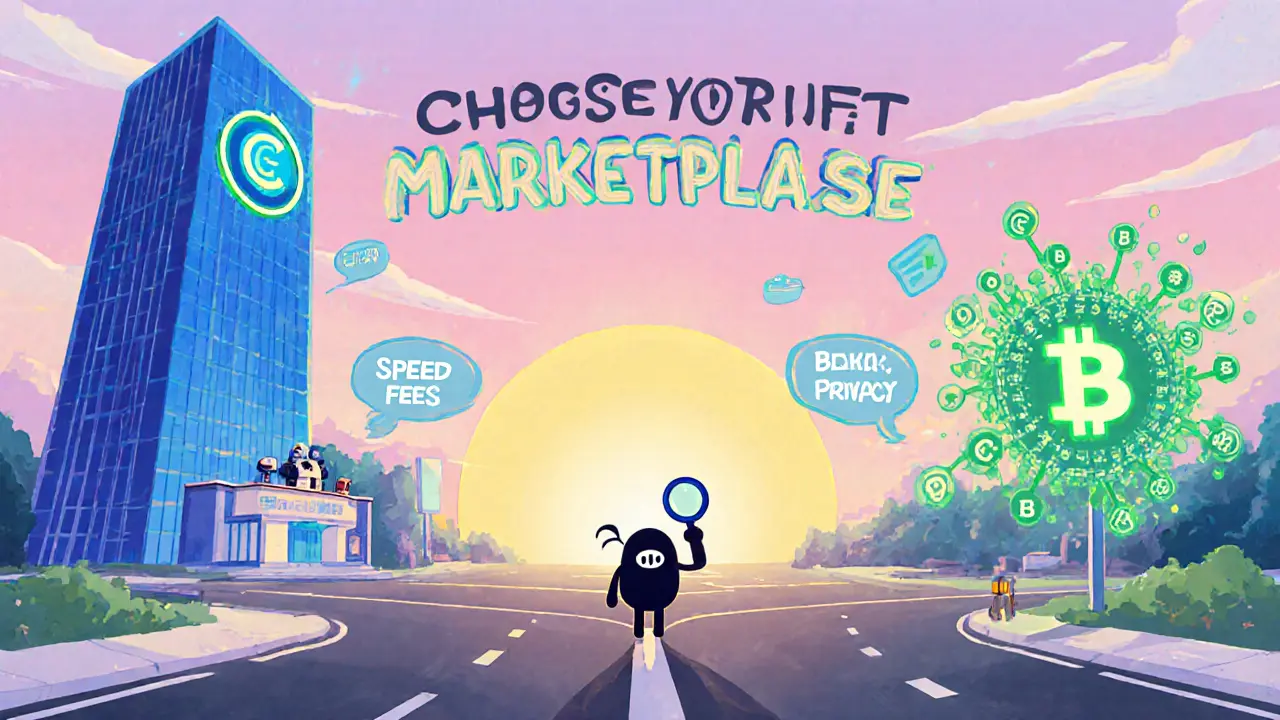Understanding NFT Fees
When working with NFT fees, the charges users pay when buying, selling, or transferring non-fungible tokens on a blockchain. Also known as token fees, it covers everything from the tiny gas spikes you see on a wallet to the hefty commission a marketplace might skim. gas fees, the cost of computational work required to process a transaction on a blockchain form the base layer, while royalty fees, a percentage of each resale that automatically goes to the original creator add a creator‑centric twist. In short, NFT fees encompass gas fees, marketplace fees, and royalty fees, and understanding each piece helps you avoid surprise costs.
Why NFT Fees Matter for Creators and Collectors
The next piece of the puzzle is marketplace fees, the commission a platform takes from each trade. Different platforms charge anywhere from 2% to 15%, and that percentage directly cuts into your net profit whether you’re minting a new collection or flipping an existing piece. This fee interacts with gas fees: a high‑gas moment can make a cheap‑marketplace fee feel expensive, and vice versa. Royalty fees further influence creator earnings because they are locked into the smart contract—every time the token changes hands, a slice returns to the original artist. These three forces—gas, marketplace, royalty—create a cost triangle that determines the real price you pay or earn. Ignoring any side can skew your budgeting, so it’s essential to calculate the total outlay before you list or buy.
Finally, look at the broader blockchain transaction costs, overall expense of moving data on a ledger, includes gas and network fees. They fluctuate with network congestion, so timing a transaction can save you a lot. Tools like fee estimators or layer‑2 solutions let you predict or lower these costs. By monitoring gas price trends, choosing platforms with lower commissions, and setting appropriate royalty percentages, you can keep your NFT activity profitable. Below you’ll find guides that break down each fee type, show real‑world examples, and give actionable tips to manage them effectively.
Centralized vs Decentralized NFT Marketplaces: Pros, Cons & Comparison
Explore the differences between centralized and decentralized NFT marketplaces, covering fees, speed, security, privacy, and future hybrid models to help you choose the right platform.
read more

